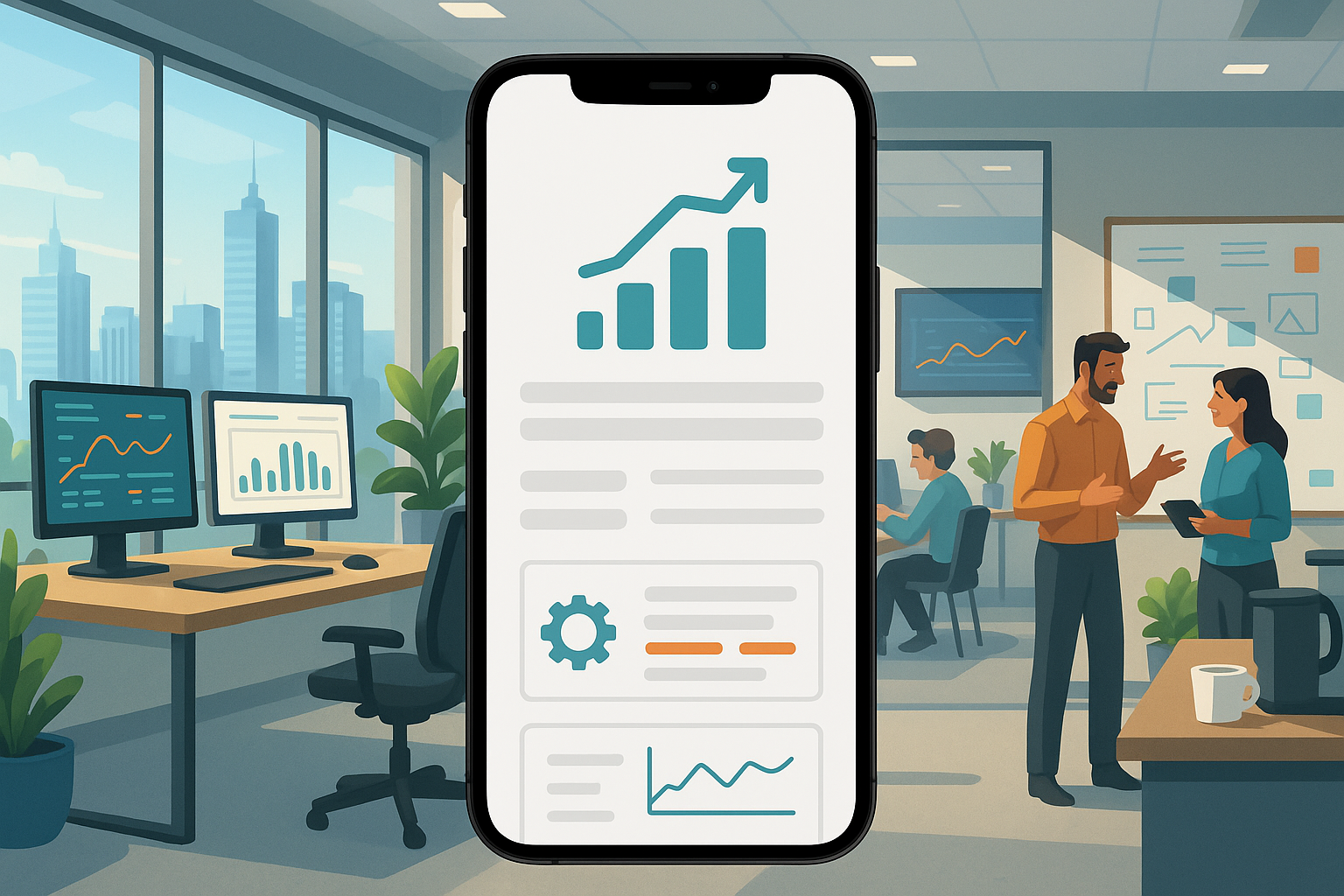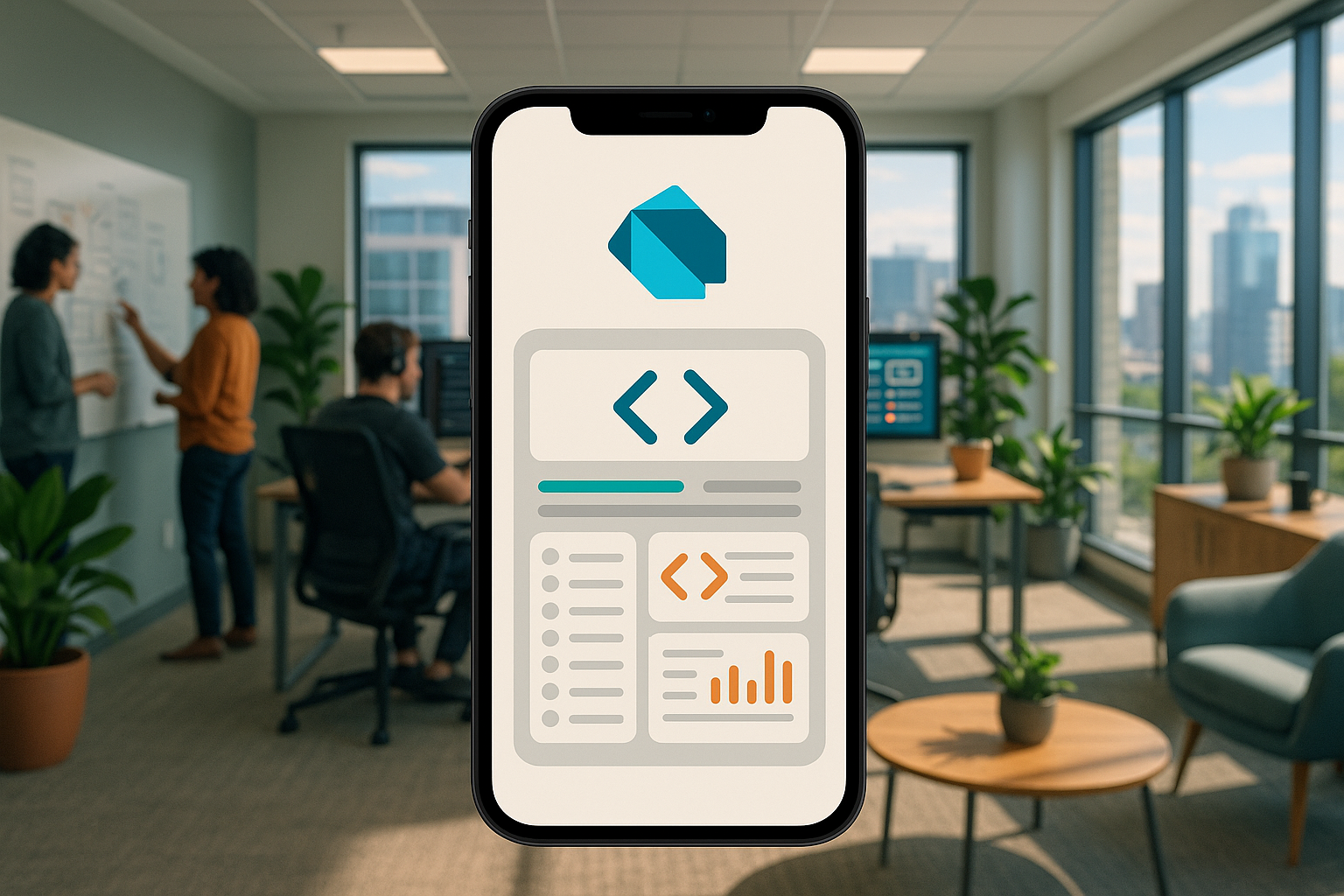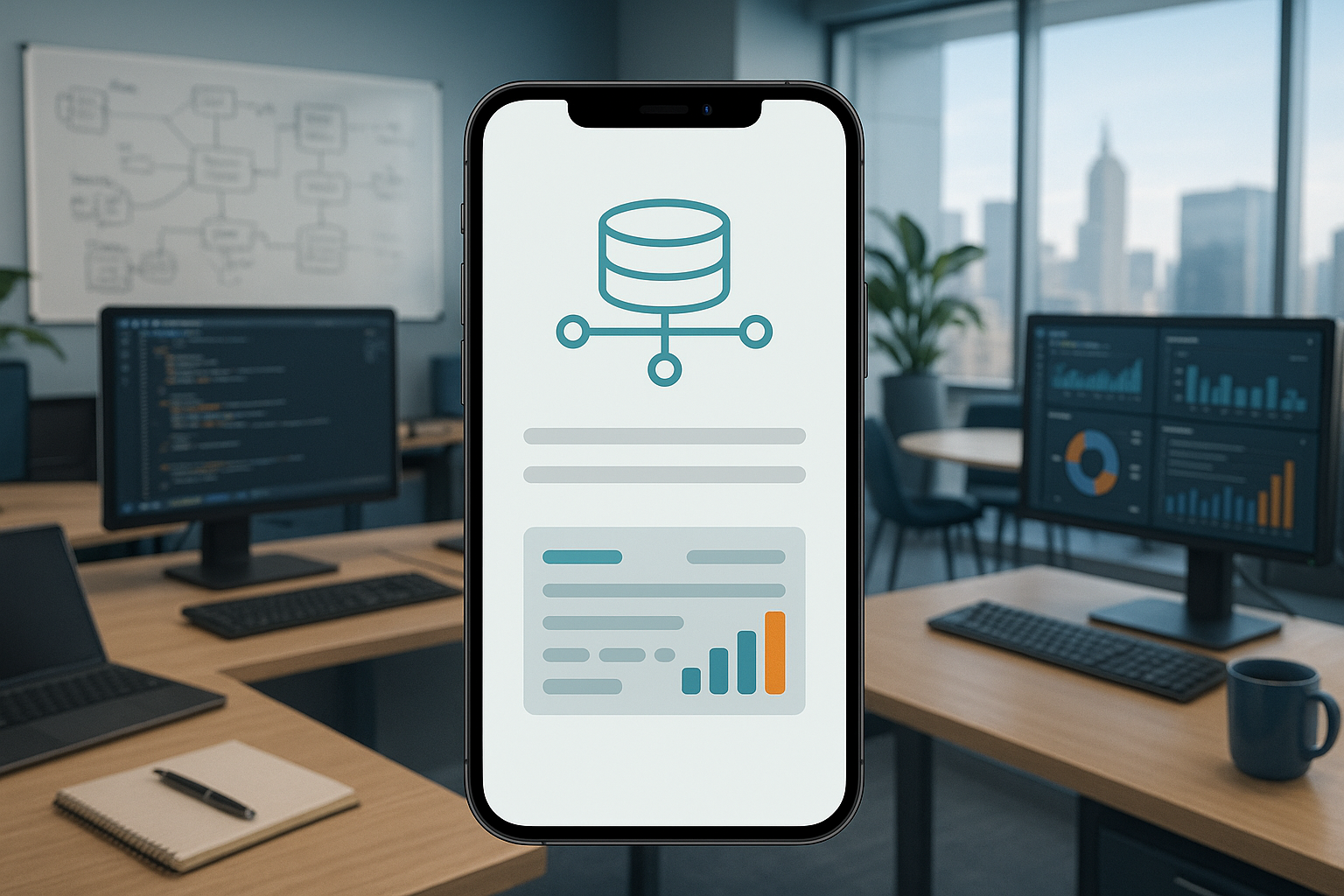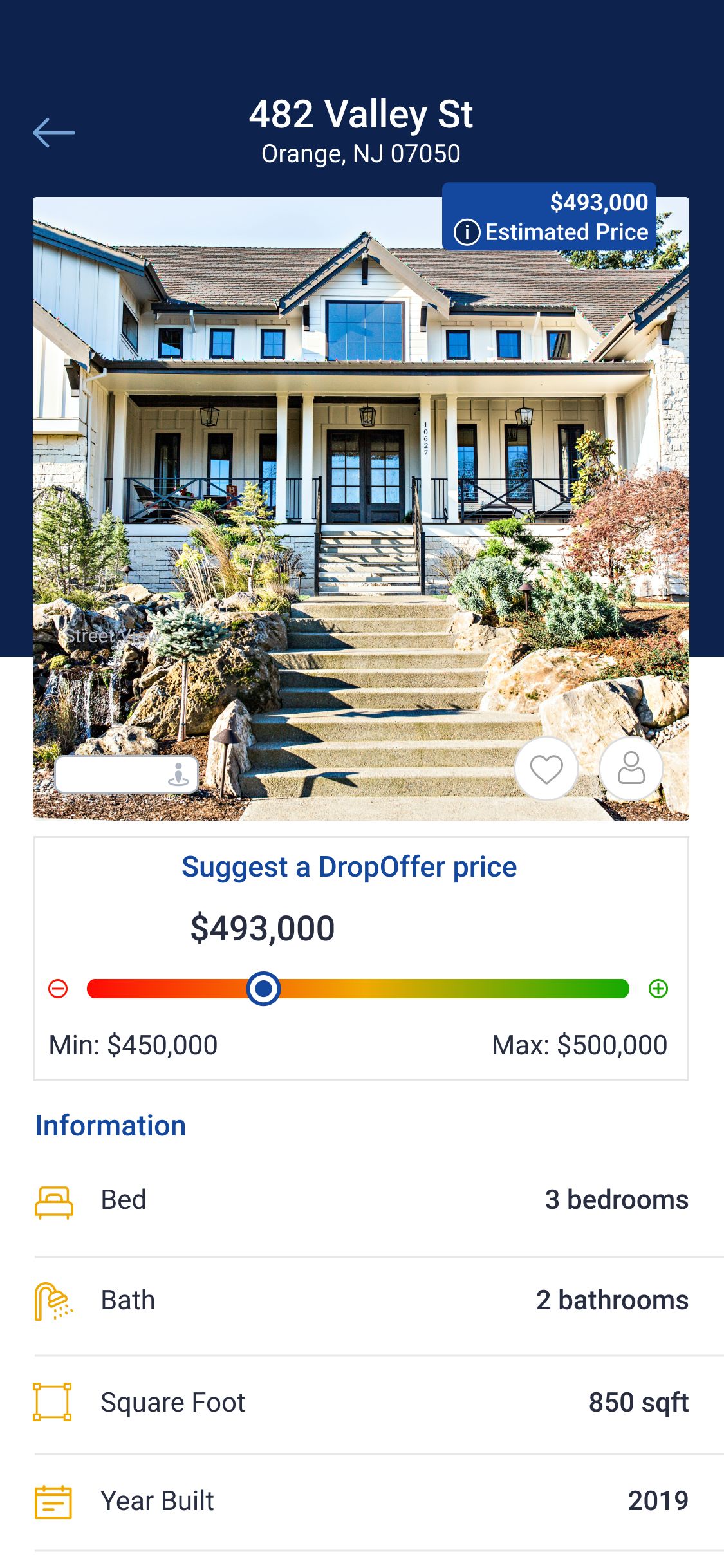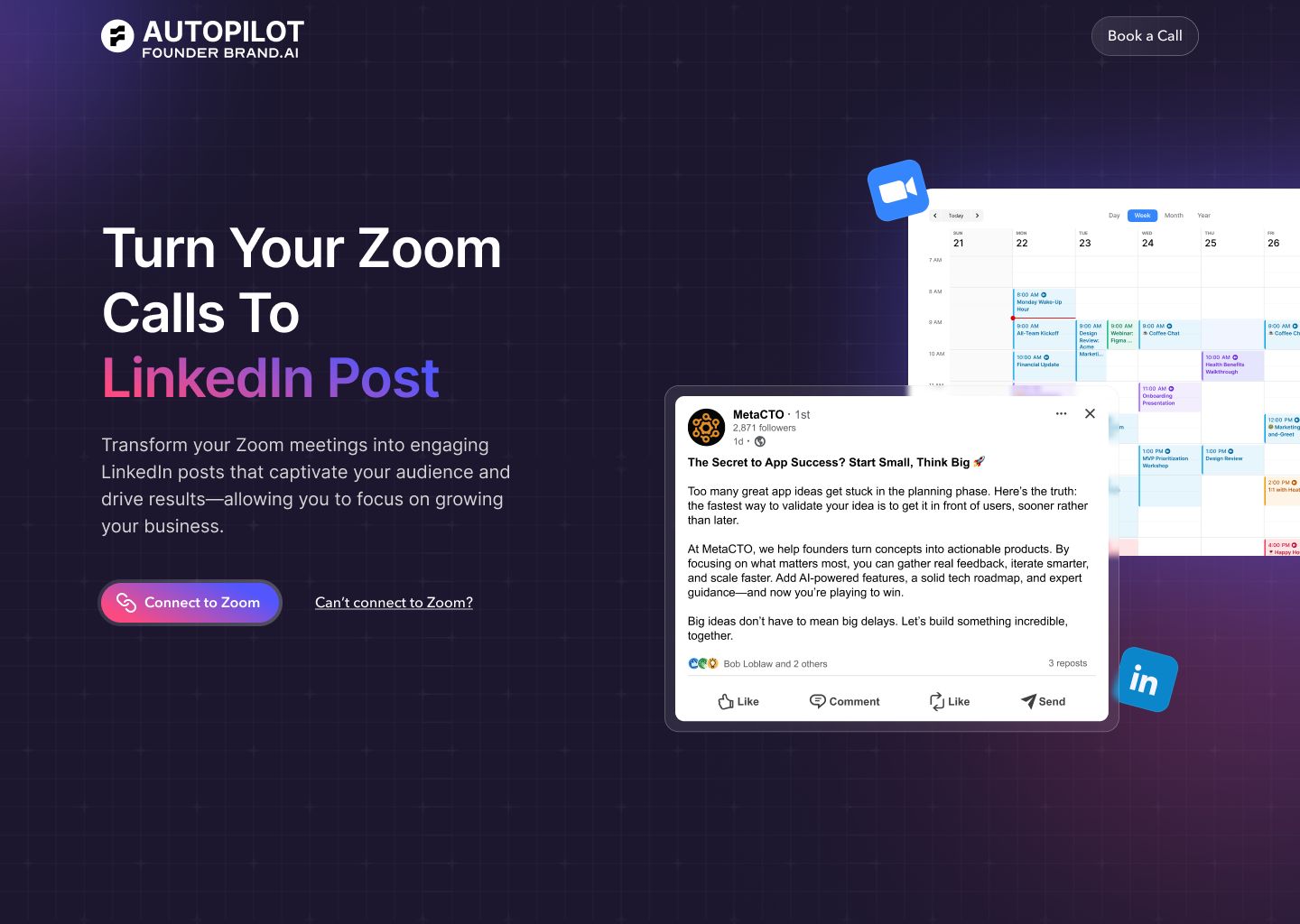Introduction
In an increasingly digital world, data is the new currency. Organizations across every industry are inundated with vast streams of information, but the raw data itself holds little value. The real power lies in the ability to analyze it, uncover hidden patterns, and transform those insights into decisive action. This is the promise of data analytics applications. However, developing a robust, reliable, and insightful data analytics app is a formidable undertaking. The path is fraught with challenges, from wrangling disparate and messy data sources to navigating a complex and ever-evolving technological landscape, and finding the rare talent required to make it all work.
Attempting to build such a sophisticated application in-house can quickly drain resources, lead to architectural dead-ends, and ultimately fail to deliver the expected return on investment. The complexities of data security, integration, and visualization demand a level of expertise that most organizations do not possess internally.
This article serves as a comprehensive guide to the world of data analytics app development. We will explore what these applications are and the immense value they provide across various sectors. We will delve deep into the significant hurdles that make in-house development so difficult, outline the different types of analytics apps you can build, provide realistic cost estimates, and survey the top companies that can help you realize your vision.
As a top US AI-powered app development firm with over two decades of experience, we at MetaCTO have guided more than 120 projects from concept to successful launch. We understand these challenges intimately. Throughout this guide, we will share our insights on how partnering with a specialized agency can de-risk your project, accelerate your time to market, and ensure you build an application that not only functions flawlessly but also drives tangible business growth.
What is a Data Analytics App?
A data analytics app is a software application designed to collect, process, analyze, and visualize data to help users make more informed decisions. At its core, it acts as an engine for transforming raw, often chaotic, information into clear, actionable intelligence. These applications are pivotal in a multitude of industries, empowering organizations to move beyond intuition-based choices and adopt a strategy grounded in empirical evidence.
The applications are diverse and tailored to specific industry needs:
- Finance and Banking: Banks and credit card companies employ data analytics to manage risk, personalize financial services, and gain deep insights into customer behavior. By analyzing customer demographics, transaction data, and credit histories, they can assess creditworthiness, identify potential fraud, and even spot money-laundering activities, thereby boosting regulatory compliance. Financial institutions also leverage analytics to optimize investment portfolios and develop creative new products.
- E-commerce and Retail: E-commerce platforms use data analytics to understand customer preferences, browsing patterns, and purchase histories. This allows them to offer personalized product recommendations, optimize marketing campaigns, and target specific customer segments. For brick-and-mortar retailers, analytics helps in optimizing pricing strategies, managing inventory, forecasting demand, and even improving store layouts to enhance the customer experience and boost loyalty.
- Healthcare: Data analytics is revolutionizing the healthcare industry by enabling better patient care, disease prevention, and resource optimization. Hospitals can analyze patient data to identify high-risk individuals and provide personalized treatment plans. Furthermore, analytics helps in monitoring treatment effectiveness, detecting disease outbreaks, and improving overall healthcare operations.
- Logistics and Supply Chain: In logistics, data analytics is essential for optimizing transportation routes, managing fleet operations, and improving supply chain efficiency. By analyzing data on delivery times, routes, and vehicle performance, companies can reduce delivery times, minimize costs, and enhance customer satisfaction through better demand forecasting and inventory management.
- Manufacturing: Manufacturers use analytics to optimize production processes, improve product quality, and implement predictive maintenance. By analyzing sensor data and historical maintenance records, they can predict equipment failures before they happen, minimizing downtime and ensuring efficient operations.
- Cybersecurity: Data analytics is pivotal in detecting and preventing cyber-attacks. Security systems analyze network traffic, system logs, and user behavior to locate anomalies and potential security breaches. This allows organizations to proactively enhance their security measures, detect threats, and respond in real-time to protect sensitive data.
- Internet Search: At a massive scale, data analytics powers the search engines we use every day. These platforms analyze colossal amounts of data—including web pages, user queries, and click-through rates—to deliver relevant information accurately and quickly. The algorithms continuously learn from user behavior to provide increasingly personalized and precise results.
Essentially, a data analytics app serves as a critical bridge between raw data and strategic insight, making it an indispensable tool for any modern organization looking to compete and thrive.
Reasons It Is Difficult to Develop a Data Analytics App In-House
While the benefits of a custom data analytics application are clear, the journey of building one is complex and filled with potential pitfalls. Many organizations underestimate the multifaceted challenges involved, leading to projects that are over budget, behind schedule, or fail to deliver meaningful insights. Here are the primary reasons why in-house development is so difficult.
Data-Related Challenges
The foundation of any analytics app is its data, and this is often the most significant source of difficulty.
- Data Quality and Reliability: One of the biggest challenges businesses face is ensuring that the data they collect is reliable. When data suffers from inaccuracies, incompleteness, inconsistencies, and duplication, it leads directly to incorrect insights and poor decision-making. Non-standardized data, such as varying currencies, units, or date formats, further complicates analysis.
- Data Consolidation and Preparation: Companies often have data scattered across multiple systems, departments, and in a mix of structured, unstructured, and semi-structured formats. This siloed and disorganized data is difficult to consolidate and analyze, and it creates vulnerabilities for unauthorized use. Furthermore, most data sources are optimized for storage, not for analytics, making the data difficult for businesspeople to digest. Without effective systems, the immense burden of data preparation falls on the IT department, creating a significant bottleneck.
Technology and Implementation Hurdles
The technology stack for a data analytics app is far from simple and requires specialized knowledge.
- A Hodgepodge of Competing Tools: When embarking on an analytics strategy, it’s common for organizations to end up buying separate, disparate tools for each layer of the process. If departments act autonomously, they may purchase competing products with overlapping capabilities. This results in a “hodgepodge of technology” that adds unnecessary complexity, creates waste, and requires managing a mess of different software and licenses.
- Integration with Legacy Systems: The data analytics landscape is constantly evolving with new tools and technologies. However, these new technologies may not be compatible with an organization’s existing legacy systems. This incompatibility can cause significant data integration challenges, often requiring costly transformations or custom-coded connectors to resolve.
- Effective Data Visualization: Presenting data is as important as analyzing it. Using the wrong visualization method, including too much data, or creating oversimplified visuals can lead to misleading reports and incorrect conclusions. Input errors can compound this issue, causing reports to misrepresent what is actually happening within the business.
Human and Organizational Obstacles
Beyond data and technology, the human element presents its own set of challenges.
- The Talent Shortage: The demand for skilled data analysts, data scientists, and other data-related roles has dramatically outpaced the supply of qualified professionals. Many companies simply cannot find or afford the talent needed to turn their vast supplies of data into usable information.
- Lack of a Data-Driven Culture: Applying data analytics often requires an uncomfortable level of organizational change. Leaders who are accustomed to operating on intuition may feel challenged or even threatened by the shift to data-driven decision-making. Fostering a culture that trusts and prioritizes data is a significant hurdle.
- Absence of Clear Goals: Without clear goals and objectives, any analytics project is doomed to fail. Businesses will struggle to determine which data sources to use, how to analyze the data, what to do with the results, and how to measure success. This lack of focus leads to efforts that do not deliver meaningful insights or returns.
Security, Compliance, and Cost
Finally, foundational business concerns can derail a project before it even gets off the ground.
- Security and Access Control: Controlling who can access what data is a never-ending challenge. Businesses must ensure that when users log into their analytics dashboards, they see only the data they are authorized to see. This requires robust data classification and strong access controls.
- Regulatory Compliance: Organizations must ensure that their data storage and analytics systems are secure and compliant with data privacy regulations like GDPR or CCPA at every step of the process.
- Justifying the Cost: A proper data analytics initiative requires significant investment in technology, specialized staff, and infrastructure. IT teams often struggle to justify these costs to leadership, especially without a clear projection of the return on investment.
Navigating this minefield requires deep expertise. This is where partnering with a specialized development agency like us at MetaCTO becomes a strategic advantage. We provide the pre-vetted talent, technical expertise in AI Development, and strategic guidance to build a clear roadmap, avoiding the common pitfalls that hinder in-house projects.
Different Types of Data Analytics Apps
Data analytics is not a monolithic field; it comprises several distinct types, each answering a different fundamental question about the business. Understanding these types is crucial for defining the scope and purpose of your application.
1. Descriptive Analytics: What Happened?
Descriptive analytics is the most common and fundamental type of analytics. It focuses on summarizing historical data to provide a clear picture of what has already occurred. This type of analysis is foundational, providing the context needed for deeper investigation.
Typical Examples:
- Dashboard Reporting: Consolidating key performance indicators (KPIs) into an easily digestible visual format.
- Sales Performance Analysis: Tracking sales figures over time, by region, or by product.
- Product Demand Forecasts: Examining past demand to understand historical trends.
- Fraud Detection: Identifying patterns in historical data that correspond to fraudulent activities.
2. Diagnostic Analytics: Why Did It Happen?
Once you know what happened, the next logical question is why. Diagnostic analytics delves deeper into the data to uncover the root causes of past events. It involves techniques that allow users to explore causal relationships and dependencies.
Popular Examples:
- Drill-Down: The ability to explore data at a more granular level. For example, clicking on a regional sales total to see sales by individual stores.
- Root Cause Analysis: A systematic method for identifying the underlying causes of a problem.
- Regression Analysis: A statistical method used to find relationships between different variables.
- Retrospective Analysis: Looking back at past data to understand the factors that led to a specific outcome.
3. Predictive Analytics: What Is Likely to Happen?
Predictive analytics uses historical data, statistical algorithms, and machine learning techniques to forecast future outcomes. This forward-looking analysis helps businesses anticipate trends and prepare for future opportunities and challenges.
Examples:
- Retail Sales Forecasting: Predicting future sales volumes based on past trends, seasonality, and market conditions.
- Customer Pricing: Determining the optimal price for a product or service to maximize revenue.
- Direct Marketing: Identifying which customers are most likely to respond to a marketing campaign.
4. Prescriptive Analytics: What Should We Do About It?
Prescriptive analytics is the most advanced form of data analytics. It goes beyond predicting future outcomes by recommending specific actions to take to achieve a desired goal or mitigate a future risk. It essentially provides data-driven advice.
A prescriptive model can recommend whether an organization should:
- Bid on a new project and suggest the optimal asking price.
- Initiate a new product line or discontinue a current one.
- Build a new manufacturing plant or close an existing one.
- Hire additional staff for a particular department.
- Send a targeted advertisement to a chosen group of customers.
By understanding these four types, you can better define the objectives for your data analytics app, ensuring it is built to answer the right questions and drive the most value for your organization.
Cost Estimate for Developing a Data Analytics App
Estimating the cost of a data analytics app is complex, as the final price tag depends heavily on the project’s scope, the complexity of the data sources, and the sophistication of the features implemented. However, we can break down the potential costs based on common components and feature sets. These figures provide a general framework for budgeting.
| Feature / Component | Complexity | Estimated Timeline | Estimated Cost |
|---|---|---|---|
| Analytics Dashboard | Moderate | 6 – 10 weeks | $20,000 – $30,000 |
| Advanced API Integrations & Real-Time Analytics | Advanced | Varies | $10,000 – $30,000 |
| Real-Time Data Sync or Streaming | Advanced | Varies | $30,000 – $50,000+ |
| Advanced Backend Architecture (with AI) | Advanced | Varies | $40,000 – $80,000+ |
| Complex Backend (Intricate Analytics, AI Model Deployment) | High | Varies | $50,000 – $200,000+ |
Breakdown of Costs
- Analytics Dashboard ($20,000 – $30,000): A core feature of most analytics apps, the dashboard is where users visualize data. A moderately complex dashboard with standard charts and graphs can be developed within 6 to 10 weeks. The cost increases with the level of customization and interactivity.
- Integrations and Real-Time Capabilities ($10,000 – $50,000+): The ability to connect to multiple APIs and process data in real-time is an advanced feature that adds significant value—and cost. Real-time data sync and streaming alone can range from $30,000 to over $50,000, depending on the volume and velocity of the data.
- Backend Complexity ($40,000 – $200,000+): The backend is the engine of the application. An advanced architecture incorporating AI-driven analytics can cost between $40,000 and $80,000. For applications requiring a highly complex backend with intricate data processing pipelines and the deployment of sophisticated AI models, the cost can easily escalate to $200,000 or more, depending on the scale and specific requirements.
These costs highlight the importance of a clear strategy. At MetaCTO, our Rapid MVP Development service is designed to help you launch a core version of your app in 90 days. This approach allows you to validate your concept, gather user feedback, and secure funding on a controlled budget before investing in more advanced, costly features.
Top Data Analytics App Development Companies
Choosing the right development partner is the single most important decision you will make. You need a team with the technical prowess, strategic vision, and proven experience to turn your data into a competitive advantage. Here is a look at the leading companies in this space.
1. MetaCTO
As a premier US-based AI-powered mobile app development agency, we at MetaCTO stand at the forefront of building sophisticated data analytics applications. With two decades of experience, a portfolio of over 120 successful projects, and a 5-star rating on Clutch, we have a proven track record of transforming complex ideas into market-leading products. We don’t just build apps; we build businesses, having helped our clients secure over $40 million in fundraising.
Our approach is holistic and tailored to your unique goals. We guide you through every step of the process:
- Validate: We help you quickly turn your idea into a Minimum Viable Product (MVP) to test the market, collect feedback, and demonstrate value to investors, all on a tight timeline and budget.
- Build: We handle the entire development lifecycle—from design and architecture to launch—ensuring your app is robust, scalable, and delivers a seamless user experience. Our expertise in Custom Mobile App Development ensures your analytics tool is not only powerful but also accessible on any device.
- Grow & Monetize: After launch, we use analytics and A/B testing to optimize user onboarding, engagement, and retention. We also help you implement the most effective monetization strategies, from subscriptions to in-app purchases.
- Evolve: As your business scales, we ensure your app evolves with it, leveraging the latest technologies to keep you competitive.
We have earned the trust of leading brands like Liverpool F.C., Carlyle, and the American Bible Society because we deliver results. Whether you need to rescue a failing project or build a groundbreaking AI-driven platform from scratch, our team is equipped to handle the challenge.
Other Leading Data Analytics Companies
While we are confident in our ability to deliver unparalleled results, the landscape includes other notable firms with specialized expertise. Here are some of the top players in the data analytics space.
| Company | Industries | Key Focus / Notable Feature |
|---|---|---|
| Maxar Technologies | Aerospace, AI, Analytics, Defense | A leading provider of secure, precise geospatial insights, operating an advanced commercial Earth observation satellite constellation. |
| Takeda | Healthtech, Analytics, Pharmaceutical | A 240-year-old pharmaceutical company investing heavily in data and digital innovation to improve patient health outcomes. |
| Doximity | Healthtech, Mobile, Analytics, Telehealth | The leading digital platform for U.S. medical professionals, with over 80% of U.S. physicians on its network. |
| Arity | Big Data, Transportation, Analytics | A mobility data and analytics company founded by The Allstate Corporation to make transportation smarter and safer. |
| John Deere | AI, IoT, Machine Learning, Analytics | A global leader in agricultural and industrial machinery, using technology to help feed the planet and build smarter. |
| GHX | Healthtech, Cloud, Analytics, Automation | A healthcare business and data automation company with a cloud-based supply chain exchange platform connecting thousands of providers and suppliers. |
| ActivTrak | HR Tech, Productivity, Software, Analytics | An award-winning workforce analytics platform that provides insights to help companies unlock productivity potential. |
| PatientPoint | AdTech, Healthtech, Analytics | Transforms doctor-patient interactions with technology-driven solutions, partnering with trusted brands like Pfizer and Merck. |
| AdCellerant | AdTech, Digital Media, Marketing Tech, Analytics | Provides businesses with access to high-quality digital marketing technology and solutions, leveraging its proprietary UI.Marketing platform. |
| Celonis | Big Data, Software, Analytics, AI | Offers a Process Intelligence Platform that uses process mining and AI to give companies a digital twin of their business operations. |
| EDGE | Fintech, Software, Analytics | A data and analytics platform that harnesses bank transaction data to measure consumer credit risk. |
| Golden Hippo | eCommerce, Marketing Tech, Analytics, Retail | A vertically-integrated builder of health & wellness brands that generates over $1 billion in annual revenue. |
| Striveworks | AI, Big Data, Machine Learning, Defense | Provides a platform for building, deploying, and maintaining AI models in unpredictable environments. |
| InterSystems | AI, Big Data, Healthtech, Database, Analytics | The information engine behind critical applications in healthcare, business, and government for over 40 years. |
| Zeta Global | AdTech, AI, Marketing Tech, Analytics | An AI-Powered Marketing Cloud that helps marketers acquire, grow, and retain customers more efficiently. |
| Biz2Credit Inc. | Fintech, Software, Analytics | A financial technology company that provides fast funding to small businesses by leveraging data and cash flow insights. |
| Sage | Hardware, Healthtech, Software, Analytics | An operations management system for senior living communities that uses real-time data to improve care delivery. |
| Starburst | Big Data, Cloud, Software, Analytics | Offers a full-featured data lake analytics platform built on open-source Trino to break down data silos. |
| Northslope Technologies | AI, Software, Analytics, Consulting | Partners with organizations to transform industries through Palantir’s Foundry and AIP platforms, delivering results in weeks. |
| tms | Agency, Marketing Tech, Mobile, Analytics | A global company that unites technology, marketing, and sourcing to drive transformational change for leading brands. |
Conclusion
The journey to developing a successful data analytics app is undoubtedly complex. It requires a masterful blend of strategic vision, deep technical expertise, and a nuanced understanding of data. As we’ve explored, the challenges are significant—from ensuring data quality and managing a convoluted tech stack to finding skilled professionals and fostering a data-driven culture. While these hurdles can seem daunting, they are not insurmountable.
This guide has walked you through the essentials: what a data analytics app is and the value it brings, the specific difficulties of in-house development, the four key types of analytics to define your goals, realistic cost expectations, and the top companies capable of bringing your project to life.
The key takeaway is that you don’t have to navigate this journey alone. Partnering with an experienced development firm de-risks the entire process. An expert partner provides the necessary talent, established methodologies, and strategic foresight to avoid common pitfalls and build a powerful, scalable, and insightful application that delivers a true return on investment.
At MetaCTO, we specialize in transforming ambitious ideas into market-ready realities. We have the experience and the passion to build an app that will become the cornerstone of your data strategy.
Ready to turn your data into a powerful business asset? Talk with a Data Analytics app development expert at MetaCTO today to discuss your project and get a clear path forward.
